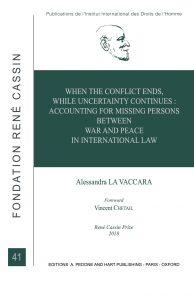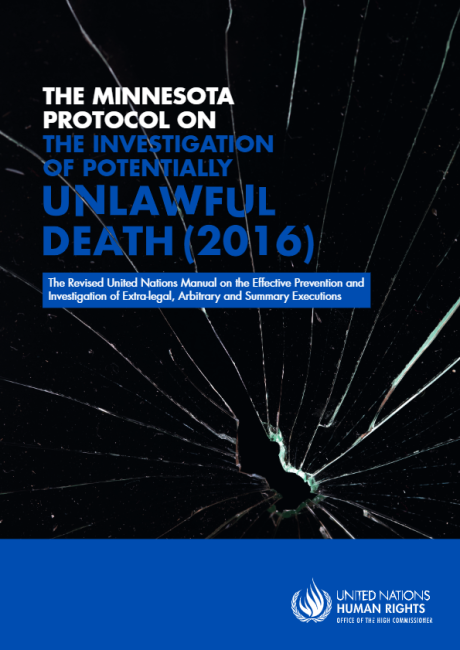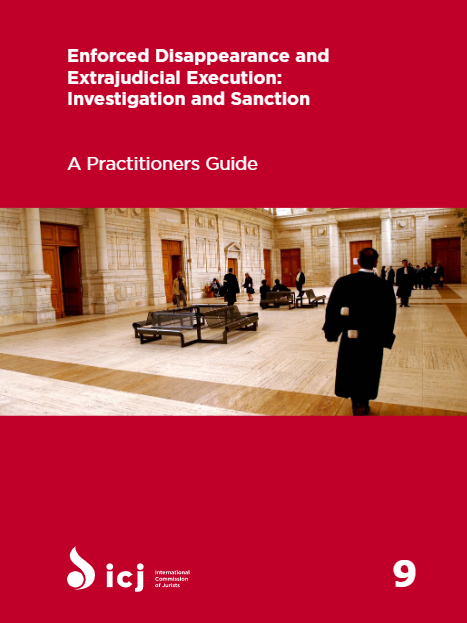Living beyond Death: Torture or Other Ill-Treatment Claims in Enforced Disappearances Cases
The act of enforced disappearance is a complex human rights violation. One of the reasons for this complexity is the intrinsic relation between the concealment and the secrecy surrounding this act and its grave nature. The concealment and secrecy surrounding the act of enforced disappearance is due to the denial by state authorities of any knowledge of the deprivation of liberty and of the subsequent events. The result is a vacuum of evidence as to what has happened to the 'disappeared' person. The grave nature derives from the consequences for the 'disappeared' person as well as for the relatives. This article provides a thorough comparative analysis of the jurisprudence of the Inter-American Court of Human Rights and of the European Court of Human Rights concerning evidentiary issues related to freedom from torture or other ill-treatment claims concerning the 'disappeared' person. It examines these claims once state responsibility has been established for the initial deprivation of liberty. The case-law of the Human Rights Committee is analyzed to elucidate and substantiate the arguments of this article where relevant. The comparative analysis will show the importance of recognizing that any act of enforced disappearance amounts in principle to at least inhuman treatment. Moreover, this article argues that the human rights bodies should condition their approaches to evidence for torture or other ill-treatment claims to the specific nature of this act. Conditioning the approach of evidentiary issues means modifying the standard ofproofand burden of proof to allowfor presumptions and inferences. This approach results in a more conducive protection against the act of enforced disappearance






